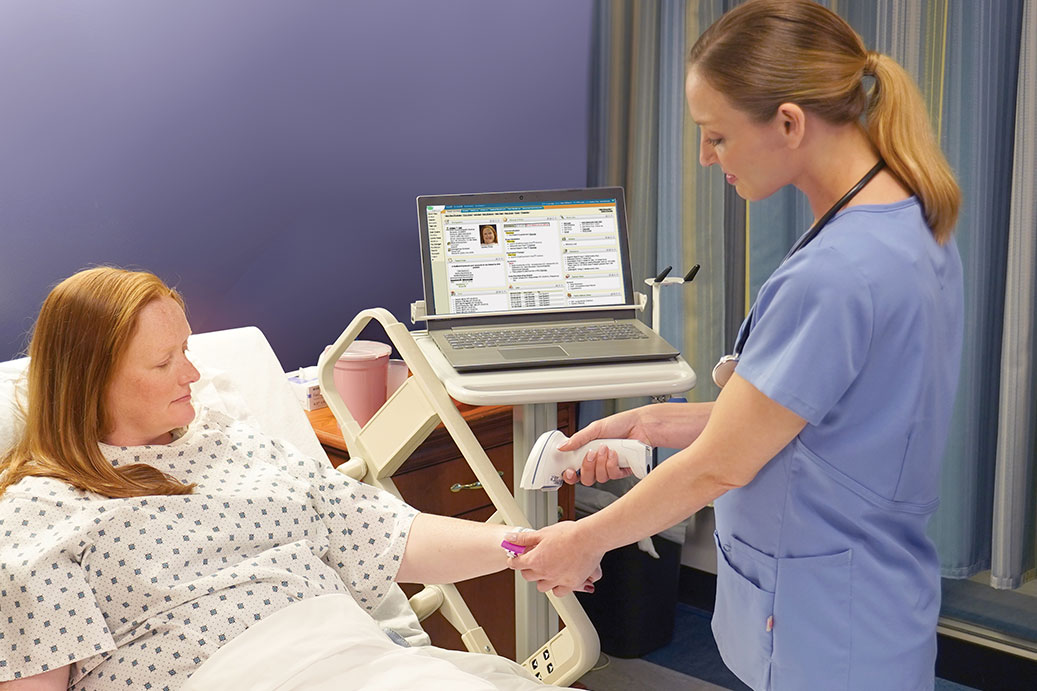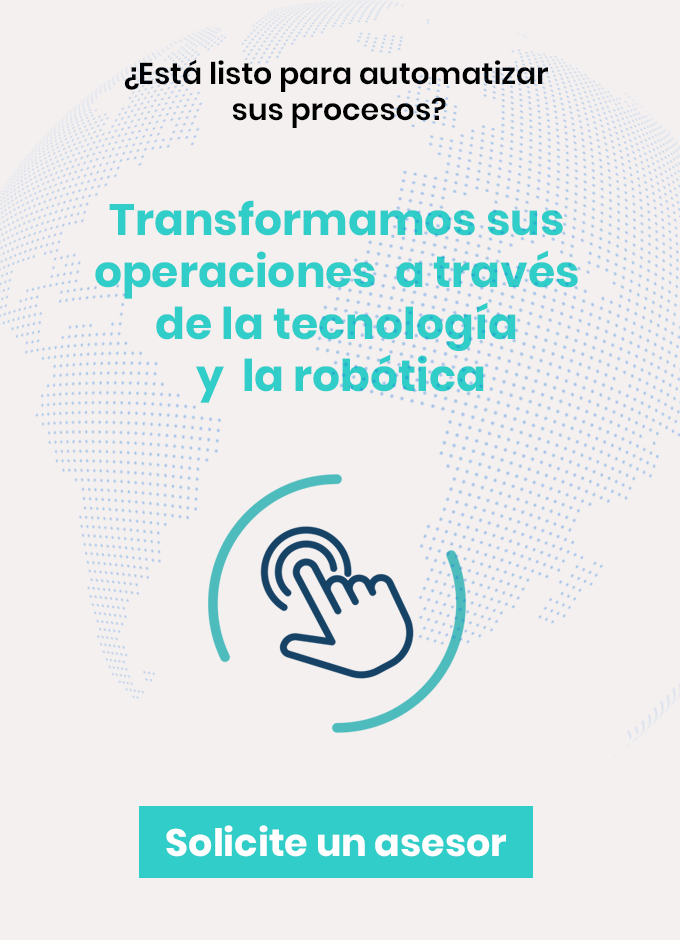The crash carts for nursing are advancing in time to meet new clinical needs.
The crash carts for nursing are advancing in time to meet new clinical needs.
The rapid improvements in safety, mobility, and functionality of crash carts provide physicians with more power to enhance their level of care, as well as their own well-being.
Below are excerpts from HealthTech published on October 21, 2020, written by Donna Marbury, a journalist specializing in healthcare, technology, smart cities, and culture. Marbury’s article, “A Mobile Workstation Evolves to Meet Urgent Clinical Needs,” included an interview with Steve Torbett, Senior Product Manager at our partner Capsa Healthcare.
Maneuverability
“Unlike a fixed workstation, crash carts truly provide the maximum opportunity for patient engagement,” says Torbett, noting that the ease of transport of medical carts enhances bedside care, whether it’s taken from one room to another or across the medical complex. Crash carts also help alleviate the physical stress that many nurses face during long shifts.

Improved Communication
Crash carts enhance communication on various levels. First is telehealth connectivity. Our equipment features intuitive functions and cloud-based software. Each workstation can be the vital link to connect caregivers and family members with patients through video conferencing. This is a significant benefit as visitation restrictions continue during the pandemic. “There have been many cases where a patient was in an isolation unit and was not allowed to receive visitors,” says Torbett. “That’s where telehealth integrations can have a big impact in connecting patients with their caregivers and loved ones.” The practice of virtual doctor rounds continues to be rapidly adopted as more physicians communicate remotely with patients. The second is communication between nursing and IT support. Our medical carts have integrated tools that allow physicians to connect with their support desk and receive alerts, notifications, or submit service requests in real-time.
Empowerment to Optimize and Track Workflows:
The fleet of workstations can be configured, managed, and tracked remotely. Our system includes analytics and tools to improve asset utilization, keeping carts operational and deployed where they are most needed, extending run times, and monitoring their usage and charging behavior. Nurses can save their personal preferences, such as default height settings, which are automatically transferred to all other carts in the fleet, notes Torbett. From the simple touchscreen, the nurse controls the cart, views battery levels, adjusts light settings to work in dark rooms without disturbing the patient, and watches training videos.
Designed for Nursing Areas:
Our crash carts have a slim design, making storage efficient and minimizing push and pull force for users. It combines a height-adjustable work surface, monitor, and keyboard with the ability to tilt and ergonomically position both the monitor and keyboard for the comfort of all users. Trio customization can include electronically locking drawers and containers or double-locking for added security. MaxBin is a flexible high-capacity storage system that offers more storage space on top of the cart, reducing the need to bend.
Personalization:
“The same crash cart platform can be customized in many different ways for the needs of different units throughout the center and the healthcare system.”


